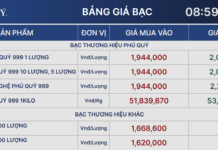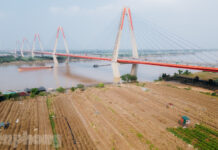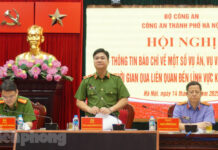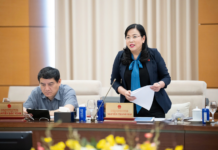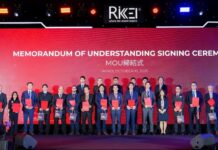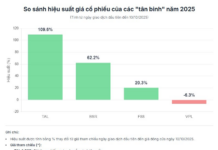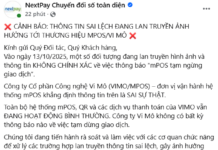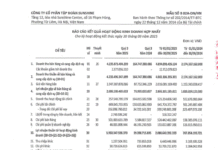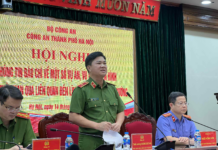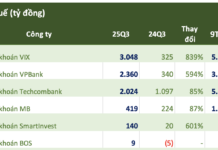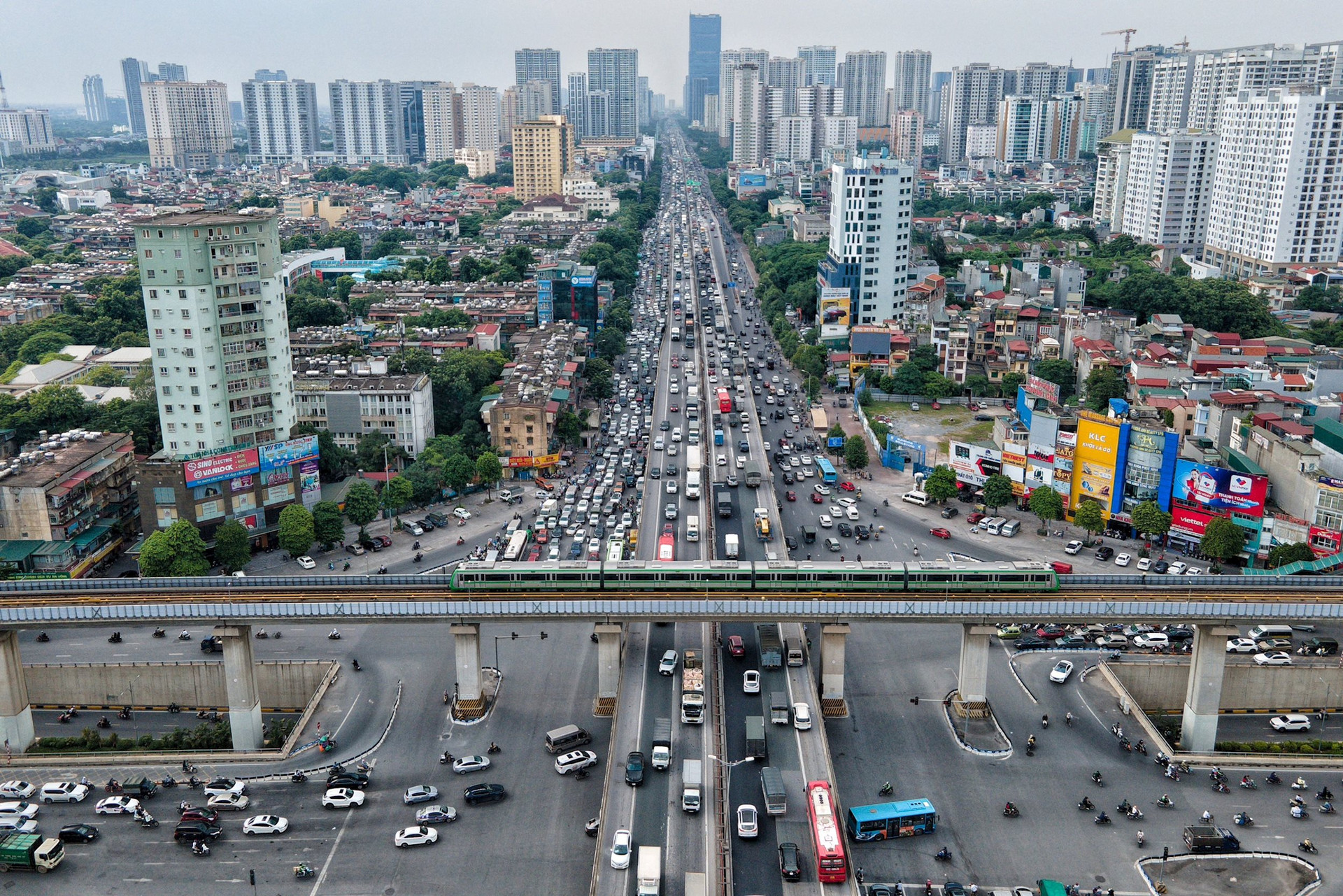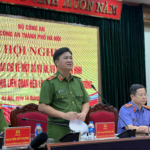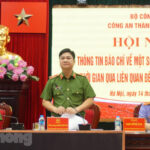
Traffic lights at Khuat Duy Tien intersection, Hanoi. Photo: Le Khanh.
In particular, experts have been of the opinion that the development of urban space according to the TOD model (using public transportation as the basis for development) will be a great opportunity for the city to renovate the urban landscape, “urban restructuring” along the corridors of major traffic routes.
The population of Hanoi is currently nearly 10 million people. At the same time, Hanoi has over 8 million registered vehicles, including 1.1 million cars, over 6.7 million motorcycles, 200,000 electric bicycles and not to mention 1.2 million vehicles from other provinces and cities circulating in the area. Meanwhile, the proportion of land area for transportation in newly built urban areas is only 10.35% and the land area for static transportation is less than 1%.
The speed of infrastructure development for transportation is not keeping up with the speed of vehicle development, putting great pressure on the urban transportation infrastructure system, especially the static traffic network (parking lots, parking spots, etc.). In the face of these numbers, the development of TOD plays an especially important role in streamlining traffic and is a fundamental solution to reducing traffic congestion for the capital city.
Developing urban areas with a focus on public transportation TOD (short for Transit Oriented Development) is defined as an urban development model that centers around public transportation, enhancing the accessibility and convenience for residents to access transit points and urban railway stations, thereby reducing the need for personal vehicles, encouraging the use of public transportation and creating sustainable, environmentally friendly urban areas.
According to transportation experts, the TOD model allows for the mobilization of resources from the private sector to partner with government funding in building urban railway projects. Therefore, internal resources can be leveraged.
Mobilizing capital from the private sector will also help reduce the demand for funds from the State budget, reduce the need for borrowing, and reduce public debt. The risks of cost escalation in construction can also be better controlled. At the same time, resources from the State budget that should have been invested in railway infrastructure can be used for other purposes and projects such as health, education, culture, science, and the environment.
Mr. Le Chinh Truc – Deputy Director of the Hanoi Institute of Planning and Architecture, the unit in charge of adjusting the General Planning of Hanoi Capital to 2045, vision to 2065 stated that, in addition to the research and proposals on the general direction of urban space development throughout the city, the project also proposed details on TOD. Specifically, the TOD development direction for specific areas, the inner city being a historical area has limited TOD development to preserve cultural and historical values.
However, the reality also shows that, although it has many advantages, the development of TOD in Vietnam in general and Hanoi in particular still faces certain barriers. For example, delayed implementation, project investment causing concerns related to both resources and capital. In this context, the lack of connection with urban space restructuring; lack of connection with the transportation system; difficulties in accessing stations…These problems, if not addressed, will significantly reduce the efficiency and advantages of large-scale public transportation.
In order for the TOD model to be feasible, Assoc. Prof. Dr. Nguyen Thi Thanh Mai – Faculty of Architecture and Planning, Hanoi University of Construction recommends that, in new proposals for the adjusted Master Plan of the Capital, the city needs to carefully study the TOD model. In particular, the classification of TOD that determines the development of the city center and urban areas needs attention. Special TODs should be based on large scale transfer points with international characteristics. Airport cities are suitable for special TOD models and have the potential to become new centers of Hanoi, completing a multi-center urban model.
Urban TODs are located on the main urban railway lines, transfer points of main inner city lines will become the center of urban districts. In addition, the TOD allocation in these areas needs to pay attention to tourist towns, ecological craft villages in the western part of Hanoi in the green corridor to promote socio-economic development, enhance close connection with central areas, and reduce the gap between urban and rural areas.
In addition, Assoc. Prof. Dr. Nguyen Thi Thanh Mai also believes that strengthening the development of public transportation, the TOD model cannot be without the planning of passenger transfer vehicles from the station to nearby areas. Only then can the effectiveness of the TOD model and the goals of sustainable development be truly realized.
Mr. Nguyen Phi Thuong – Director of Hanoi Department of Transport believes that for the TOD model to be successful, four basic factors are needed: First, the vision and political determination; Second, mechanisms and policies to integrate transportation and land use for urban development; Third, coordination mechanisms of entities involved in TOD development; Fourth, capital mobilization mechanisms and risk sharing that benefit when implementing TOD. With regard to the inner city of Hanoi, there is a need for a fifth factor, which is preservation and development.

